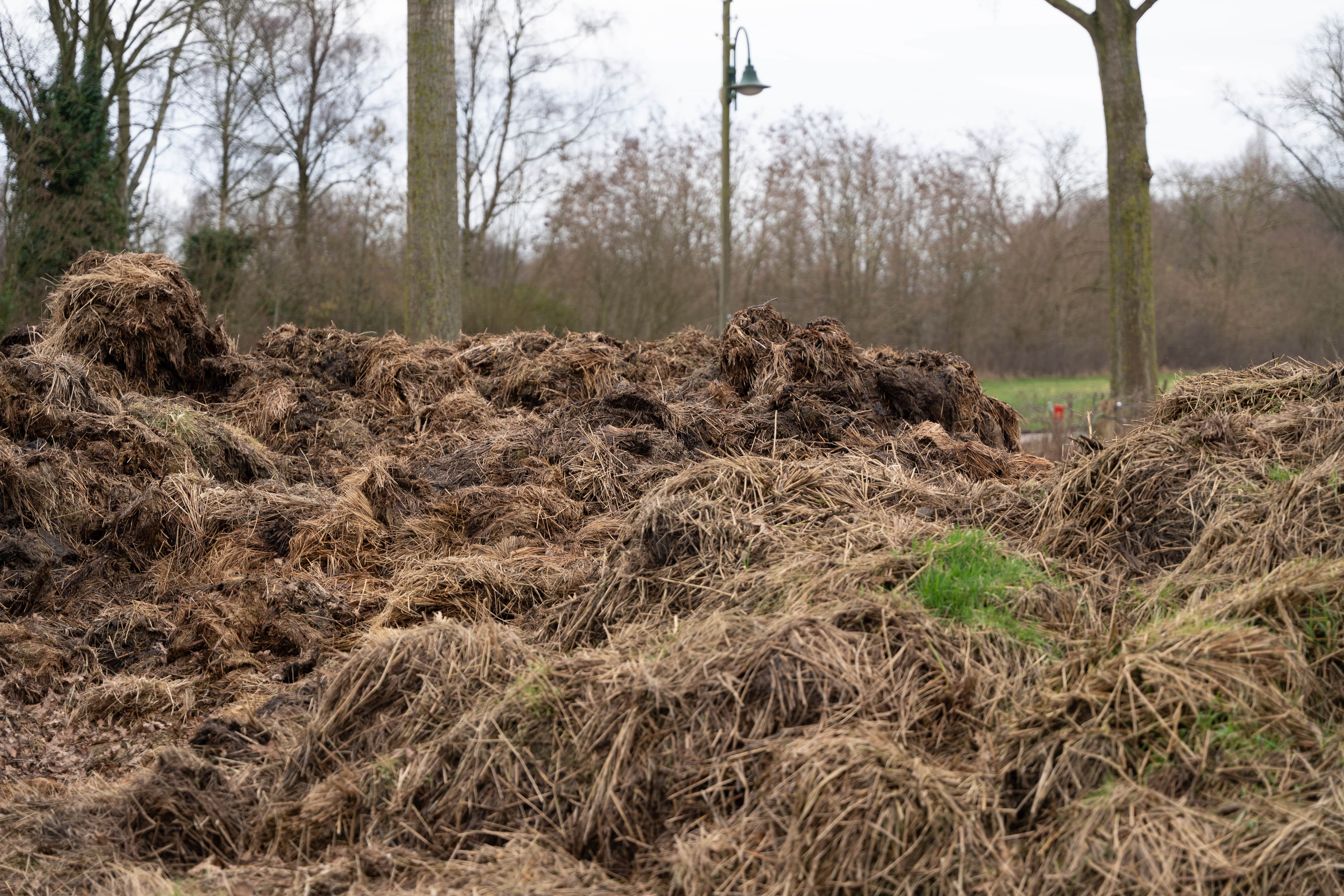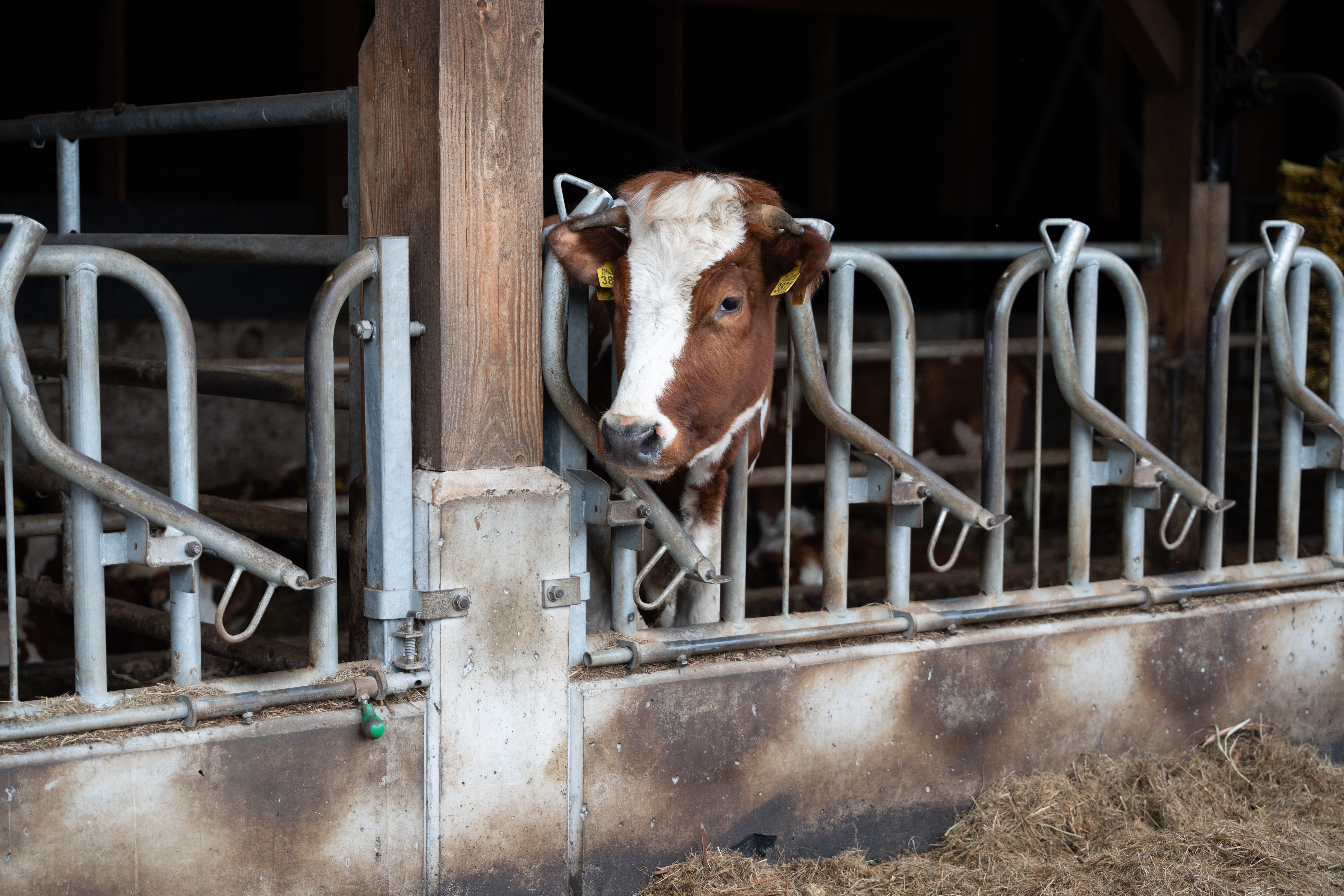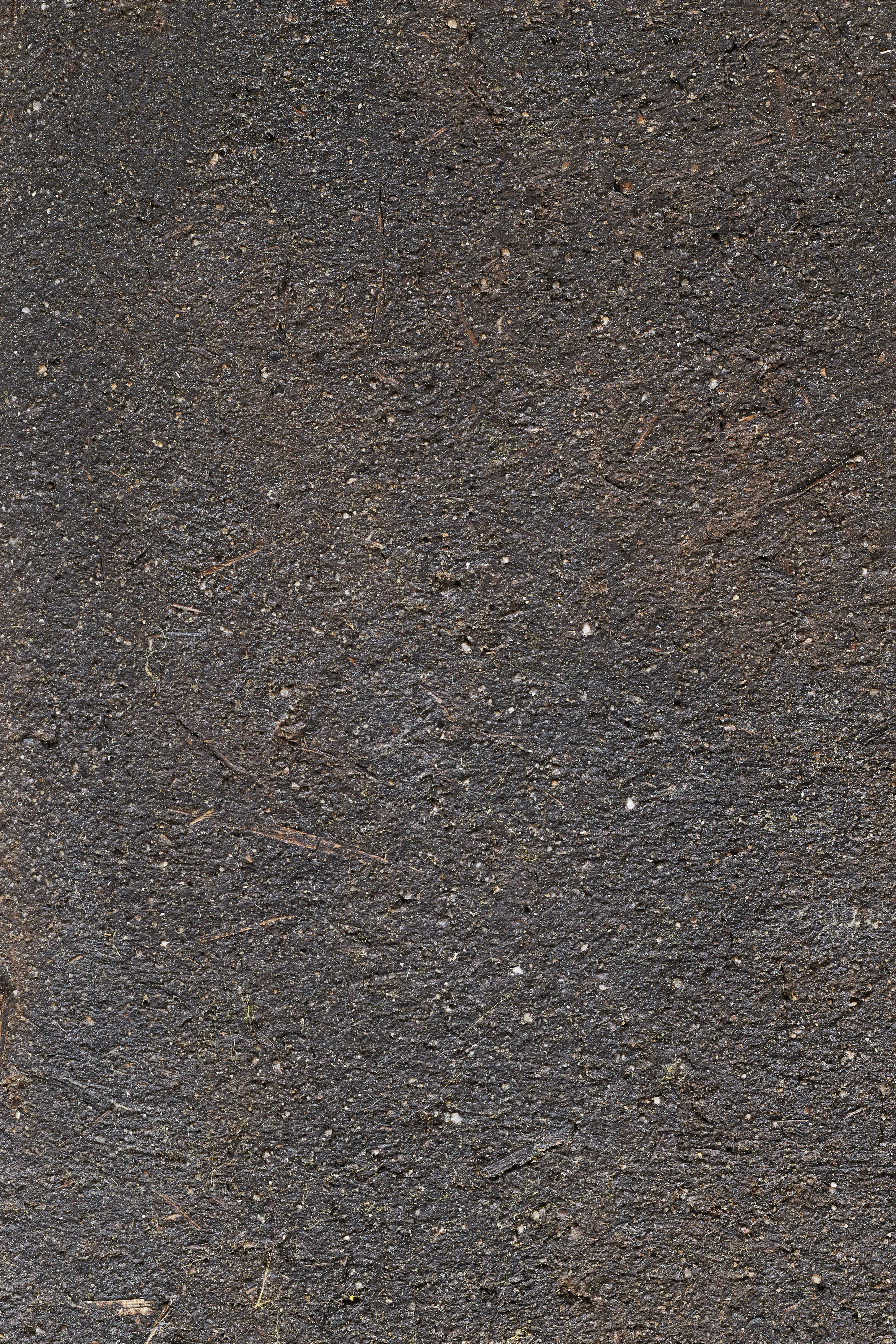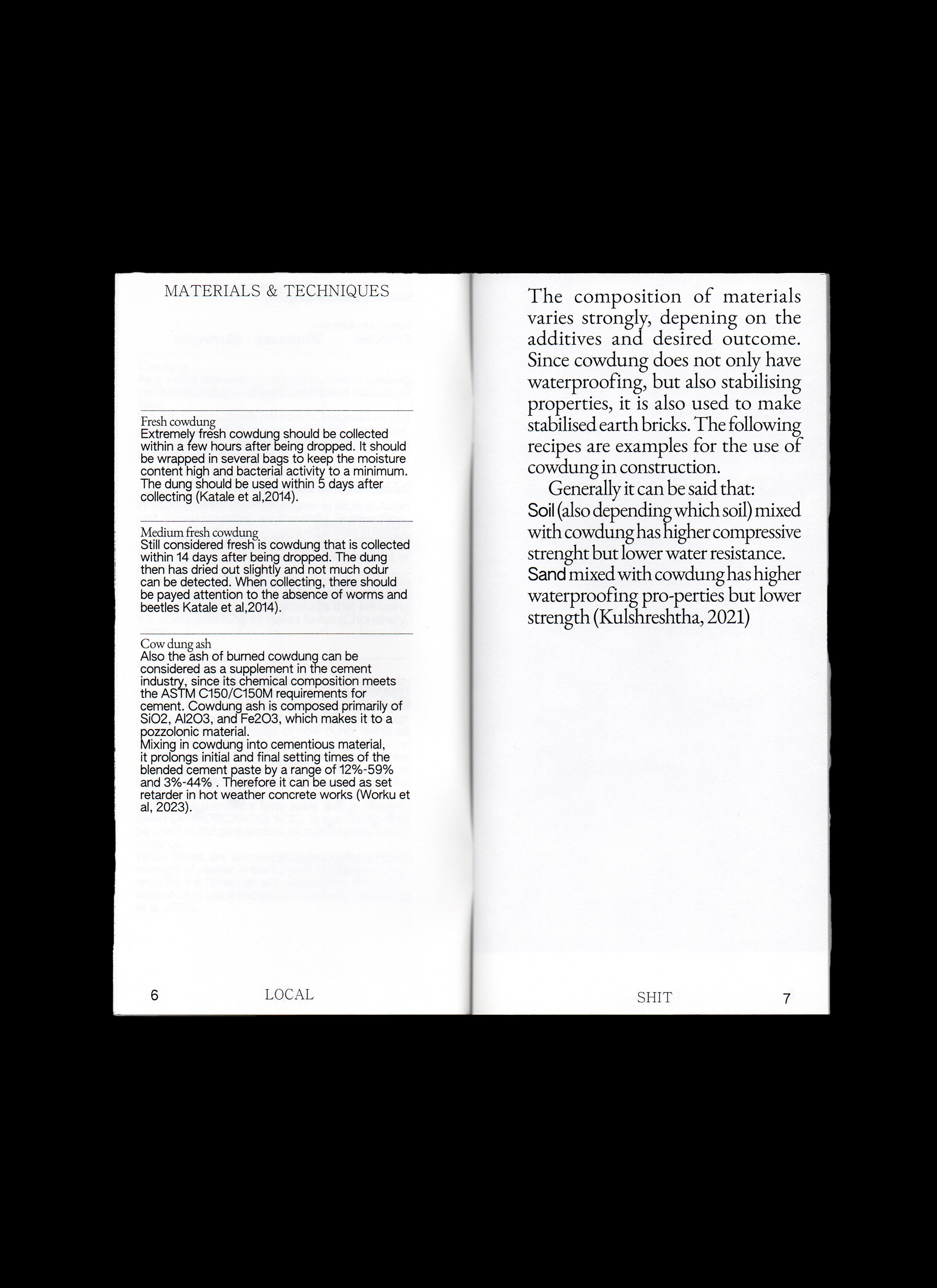Kazerne Design Award 2025
LOCAL SHIT - Cow manure plaster

The Netherlands is facing a serious nitrogen crisis due to the large-scale livestock industry, which generates vast amounts of cow manure that contribute to the problem. At the same time, the cement industry is a major contributor to greenhouse gas emissions, making it an environmental concern.

Many dairy farms produce more manure than can be applied on their own land, resulting in a phosphate surplus that needs to be transported and managed. Dutch farmers have been engaged in widespread protests since 2019 in response to the government's efforts to halve the country's livestock in an attempt to limit agricultural pollution.

In traditional earthen structures in several Asian and African countries, such as India, Burkina Faso, Swaziland and Botswana cow manure is used in combination with clay as a plaster compound or final layer for its water-resistant properties.The mixture results in a cement-like material that is more suitable for wet and cold climates than simple clay plaster.

All materials that are needed, such as clay, sand, straw and cow manure are available locally in the Netherlands.




The outcome showcases the material’s performance on a large scale, while providing insights into three possible flows of production. Additionally, an informative video sheds light on the challenges posed by cow manure in Dutch agriculture.
Currently Local Shit is exhibited at Kazerne in Eindhoven. Visitors are able to test the waterproofing abilities of cowdung live by spraying water on 3 sample panels. (Left- conventional clay plaster, middle and right - different finishes of Local Shit plaster)


Local Shit won the Kazerne Design Award 2025.

Local Shit is Open Source. All research and recipes are published in a small publication.(Currently only in print, soon online)
If you would like to purchase a publication, please reach out.
